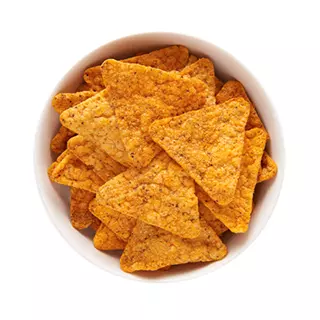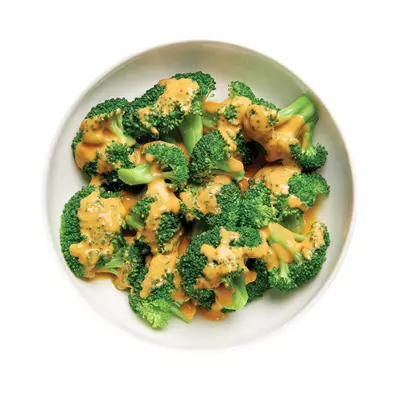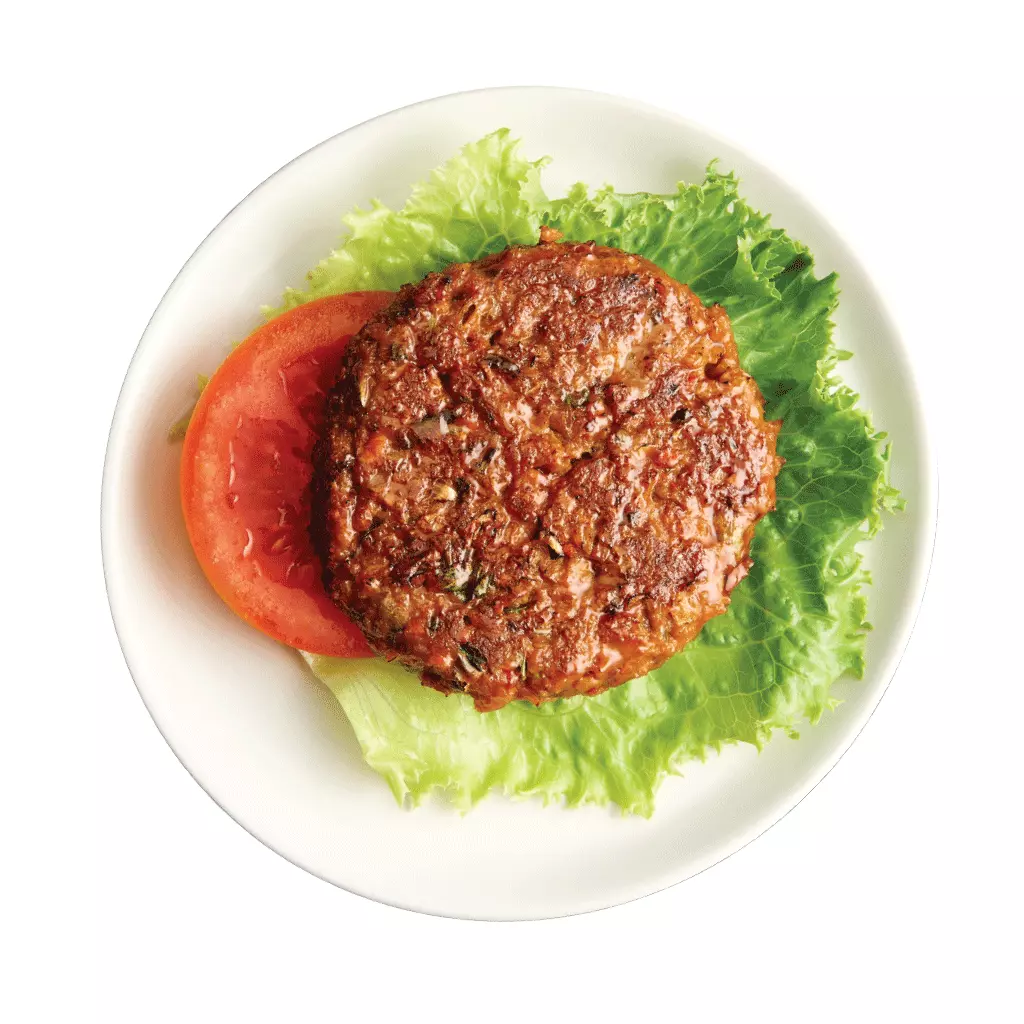Why Can’t I Lose Weight?
There are three classifications of foods when it comes to weight loss:
- Foods that help you lose weight.
- Foods that help you gain weight.
- Foods that stop you from losing weight.
The number one thing I focus on when coaching a new dieter is reviewing the page in their health profile, indicating what they usually eat every day. This starting point gives me the best idea of what the particular dieter will have to do to achieve his/her weight loss goals.
Most times, the foods my dieters eat are not that bad. Their diet problems are:
- They are not consuming enough protein, and
- They are consuming a substantial amount of foods that KEEP them from losing weight.
How Do I Resolve That and Lose This Weight?
First, you need to know that losing weight is not a natural thing for the body. So, we have to create a biochemical imbalance in our bodies to get the weight off.
Sugar (carbohydrate) is our bodies’ most preferred choice for energy generation. So, to lose weight, we have to limit the amount of sugar we eat. We need to cut down on the so called “healthy” foods such as yogurt, whole grains, and fruits since they metabolize into sugar-fueling in the body.
While these are the foundation of the food pyramid, and antiquated doctors recommend for weight loss, they keep us from losing weight.
Don’t worry; you will only have to temporarily restrict these foods, only while the diet is still going on. Temporarily giving these foods up will help you lose weight. Moreover, It has the potential to address the underlying causes of your weight issues.
When we remove these foods from our diet, our sugar stores get depleted. This forces the bodies to start breaking down muscle (if inadequate protein) and fat to produce energy.
What is It, Ketosis?
In the Ketosis process, the body primarily breaks down fat for fuel. When you reduce the number of carbohydrates you consume significantly, your body switches to stored fat, which induces your liver to produce compounds known as ketones, which supply your tissues and brain with energy.
Being in ketosis means that your body has changed from burning sugar (carbohydrate) to burning fat, and it is very safe for most people, except those with Type I diabetes. (If you are a Type I diabetic, we have a separate program for you, the Ideal Protein Alternative Plan).
Benefits of Ketosis
- Lowers inflammation.
- Increases energy levels.
- Improves mental clarity.
- Protects lean muscle mass.
- Significantly lowers appetite and hunger.
- Reduces the levels of insulin.
- Uses stored fat for fuel.
Why Does Ideal Protein Take an Imbalanced Diet Approach to Weight Loss?
While“low-calorie diets” come in different varieties, they all have a thing in common. They require you to lower your total caloric intake across the board to lose weight.
Agreed, these types of diets do help lose weight, but there are some issues with them.
- They don’t supply enough protein to protect your muscle, setting you up to regain the weight.
- They also don’t offer adequate micronutrients, which can lead to mineral or vitamin deficiency.
- They are not “low-carb” enough to put you in a ketosis state.
Besides, these diets let your body break down vital muscle tissues to relieve the energy needs and generate energy for itself. Dieters lose the same amount of “weight” but at a more significant proportion of muscle to fat, slowing their metabolism. This formula for weight loss leaves the dieter worse off than when they started the diet.
But Wait a Minute, I Want to Lose Weight Without Losing Muscle!!
When on the Ideal Protein weight loss diet, you will be given foods with the right amount of protein you need to preserve your muscle and break down fat. The ideal amount of protein depends on your lean muscle mass. Your Ideal Protein coach will perform a body composition analysis to determine your protein requirement and tracks your composition and progress weekly.
You will eat Ideal Protein foods at least three times per day (you decide when you eat them – breakfast, lunch, or as snacks). Additionally, you will eat between 4 to 8 ounces of lean protein like pork, fish, beef, chicken, 4 cups of veggies, and 1-2 salads a day.
With no muscle available to burn, your body switches to fat as its primary source of energy.
Are you interested in learning more about how your “healthy” diet may be sabotaging your weight loss goals? BioIntelligent Wellness offers a 15-minute complimentary consultation to help you figure out your blocking factors and get on a path to efficient, effective, and lasting weight loss. Click here to schedule a complimentary consultation.






